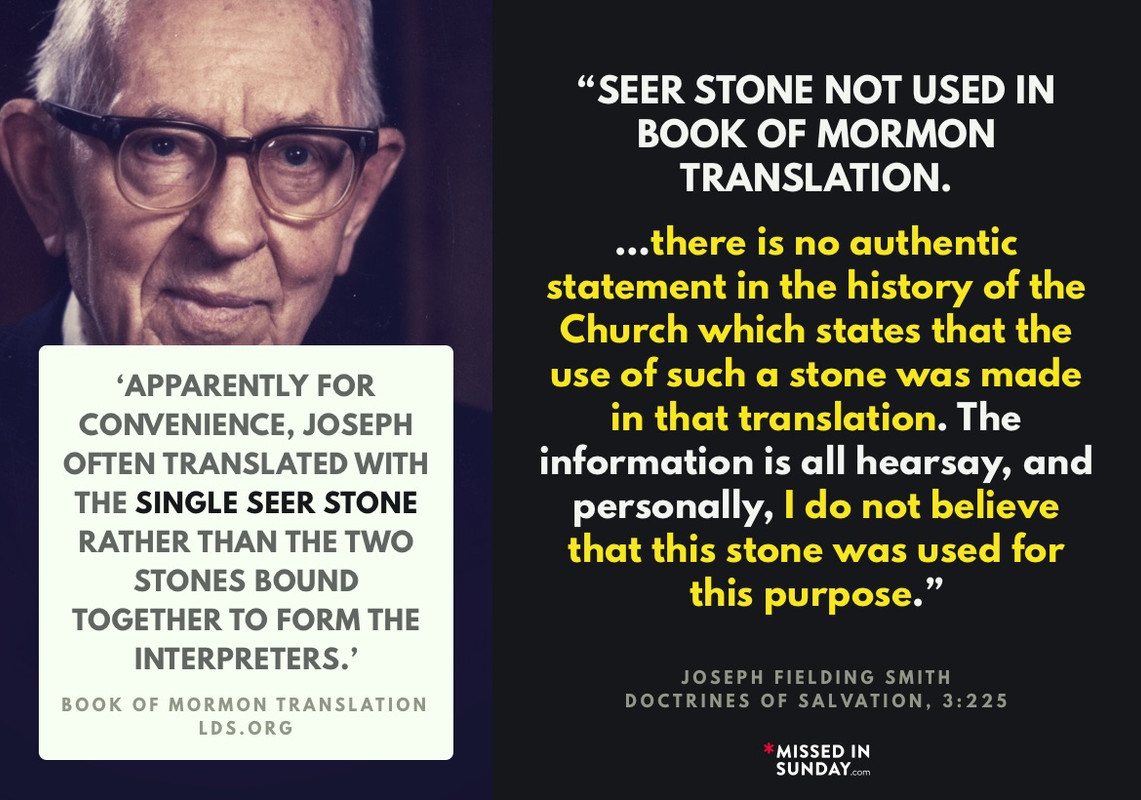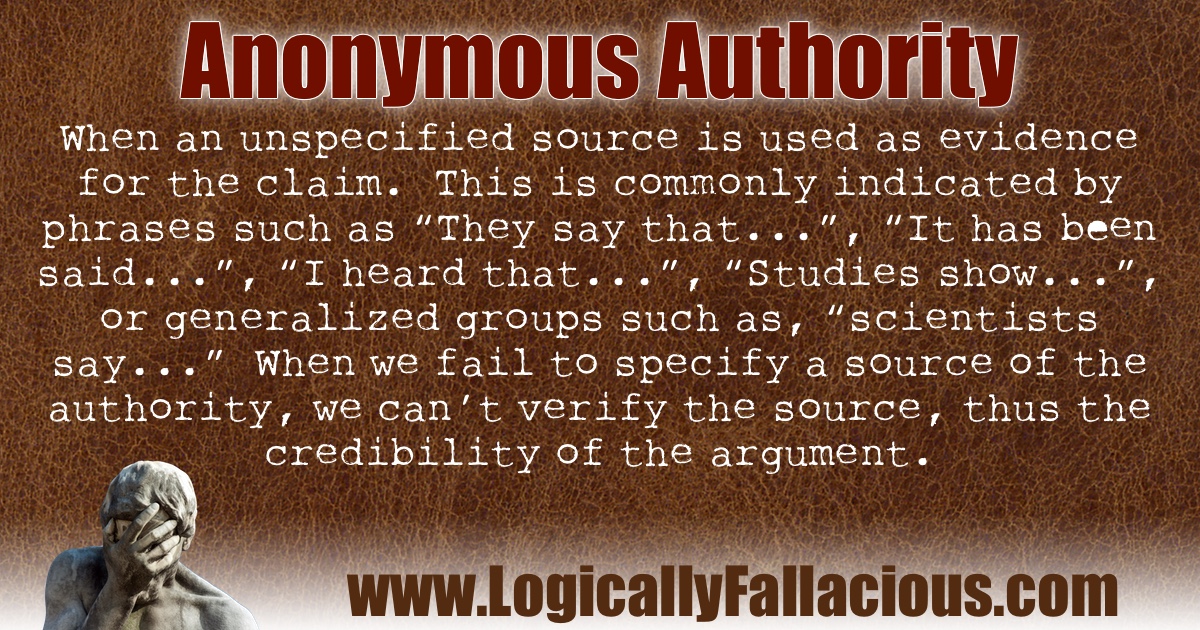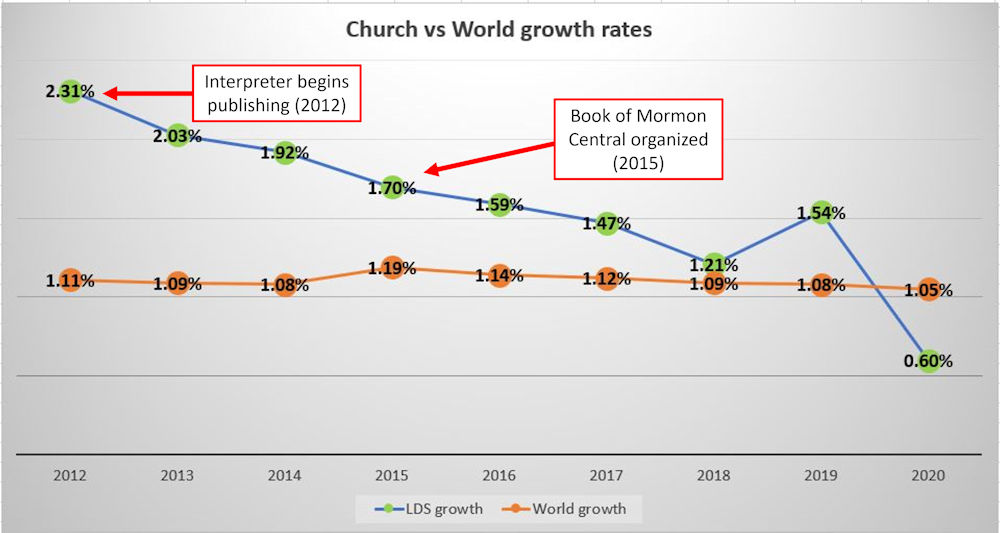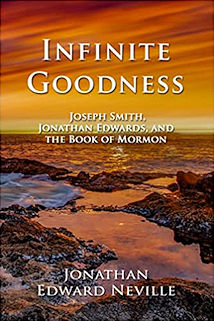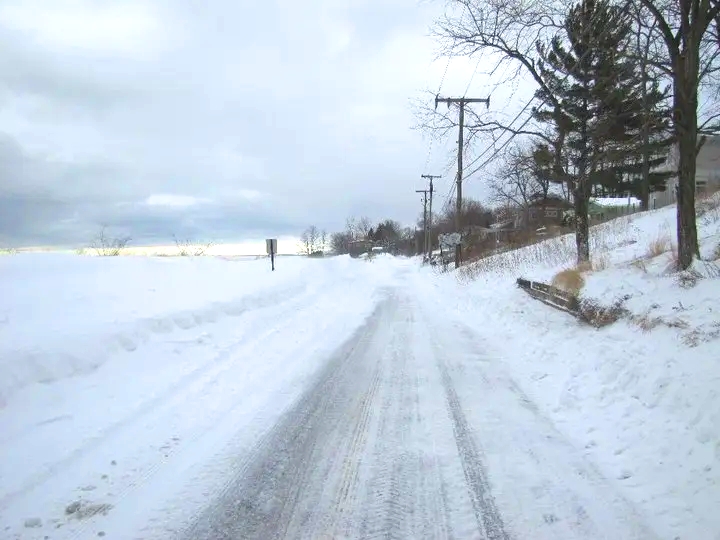An open reply to Jonathan Neville, part 2
|
Tags: Ad hominem, Daniel Peterson, Letter IV, Logical fallacies, Misrepresentation, Oliver Cowdery, Rodney Meldrum, Self-awareness
The following is my reply to an email I received from Jonathan Neville on . See my earlier response for context.
Brother Neville:
Additionally, I want to be certain that you know what an ad hominem argument is, because it’s not just “he said mean things about me”—it’s a specific type of logically fallacious argument. I don’t believe I’ve done either of those things, but I’m certainly willing to correct any place in my blog where I may have. If you find any such instances, please let me know.
The truth is that you and I both believe that Oliver Cowdery was wrong about some things. I think you would agree with me that he was wrong when he insinuated that Joseph Smith was guilty of adultery. I think you would also agree that he was mistaken (or at least overlooked certain facts) in Letter III and Letter IV when he claimed that Joseph Smith’s confusion about which church to join led to the visit of Moroni, not to the First Vision.
Statements made by Oliver Cowdery—and anyone else, for that matter—need to be weighed and given context. When you insist that Oliver was “right” about something that is important to your personal beliefs and that everyone who doesn’t agree with you believes he was “wrong,” you’re not doing history—you’re weaponizing Oliver and his words in an ideological war against your opponents. (This weaponization goes back to the birth of the Heartland movement, when Rod Meldrum twisted President Hinckley’s words to assert that Latter-day Saint scholars “disdain” the Prophet Joseph Smith by arguing that the Book of Mormon took place in Mesoamerica.)
We both accept that the gospel is true, that Joseph Smith translated the Book of Mormon by divine means, and that the Book of Mormon is a real history of real ancient people. We may disagree over how best to understand and interpret some of the finer points of those beliefs, but when you insist that those who don’t interpret those points the same way you do are “rejecting the prophets” or whatever, you are only causing division and contention.
—Mike Parker [“Peter Pan”]
Brother Neville:
Hi “Peter.” Thanks for answering. I’ve been traveling and just got onto this email account.It’s no problem whatsoever. I completely understand that you and I have lives beyond our online activities. I hope your travels were enjoyable.
If you don’t want to meet, that’s fine, but the offer remains open because it’s a rare chance to bring more mutual understanding to these topics.I appreciate that. I’m open to meeting with you, but I have just one condition, and that’s that neither you nor I engage in name-calling or profaning the temple endowment. I have never called you names (like “Joker Jonny” or “Nutty Neville”), and I expect the same from you. If you’re willing to remove from your blogs instances where you’ve referred to my friend Daniel Peterson as “Slander Dan” and used phrases from the endowment to imply that he is like Satan, that would be a good-faith gesture, and I would be happy to to meet at a time and place that is convenient for both of us.
One of the problems with these discussions is your ongoing ad hominem site, which I read only once but ignore as I do all ad hominem sites.If you’ll forgive me for asking a pointed question: If you don’t read my blog, how do you know that I use ad hominem arguments?
Additionally, I want to be certain that you know what an ad hominem argument is, because it’s not just “he said mean things about me”—it’s a specific type of logically fallacious argument. I don’t believe I’ve done either of those things, but I’m certainly willing to correct any place in my blog where I may have. If you find any such instances, please let me know.
I appreciate your input on the table. I like the way you try to nuance your position. With your permission, I’d be happy to post it on my blog in the interest of clarity and accuracy.Please feel free to do so. I consider all of our communications to be subject to public posting, unless you specifically tell me otherwise.
But it is evident that the bottom line remains that you claim Oliver was wrong, isn’t it?I cannot accept that summary of my beliefs because it uses loaded terminology to create a rhetorical trap that you expect me to fall into. (“Mike Parker believes Oliver Cowdery was wrong! He rejects the teachings of the prophets!”)
The truth is that you and I both believe that Oliver Cowdery was wrong about some things. I think you would agree with me that he was wrong when he insinuated that Joseph Smith was guilty of adultery. I think you would also agree that he was mistaken (or at least overlooked certain facts) in Letter III and Letter IV when he claimed that Joseph Smith’s confusion about which church to join led to the visit of Moroni, not to the First Vision.
Statements made by Oliver Cowdery—and anyone else, for that matter—need to be weighed and given context. When you insist that Oliver was “right” about something that is important to your personal beliefs and that everyone who doesn’t agree with you believes he was “wrong,” you’re not doing history—you’re weaponizing Oliver and his words in an ideological war against your opponents. (This weaponization goes back to the birth of the Heartland movement, when Rod Meldrum twisted President Hinckley’s words to assert that Latter-day Saint scholars “disdain” the Prophet Joseph Smith by arguing that the Book of Mormon took place in Mesoamerica.)
We both accept that the gospel is true, that Joseph Smith translated the Book of Mormon by divine means, and that the Book of Mormon is a real history of real ancient people. We may disagree over how best to understand and interpret some of the finer points of those beliefs, but when you insist that those who don’t interpret those points the same way you do are “rejecting the prophets” or whatever, you are only causing division and contention.
All the best,And to you,
Jonathan Neville
—Mike Parker [“Peter Pan”]
